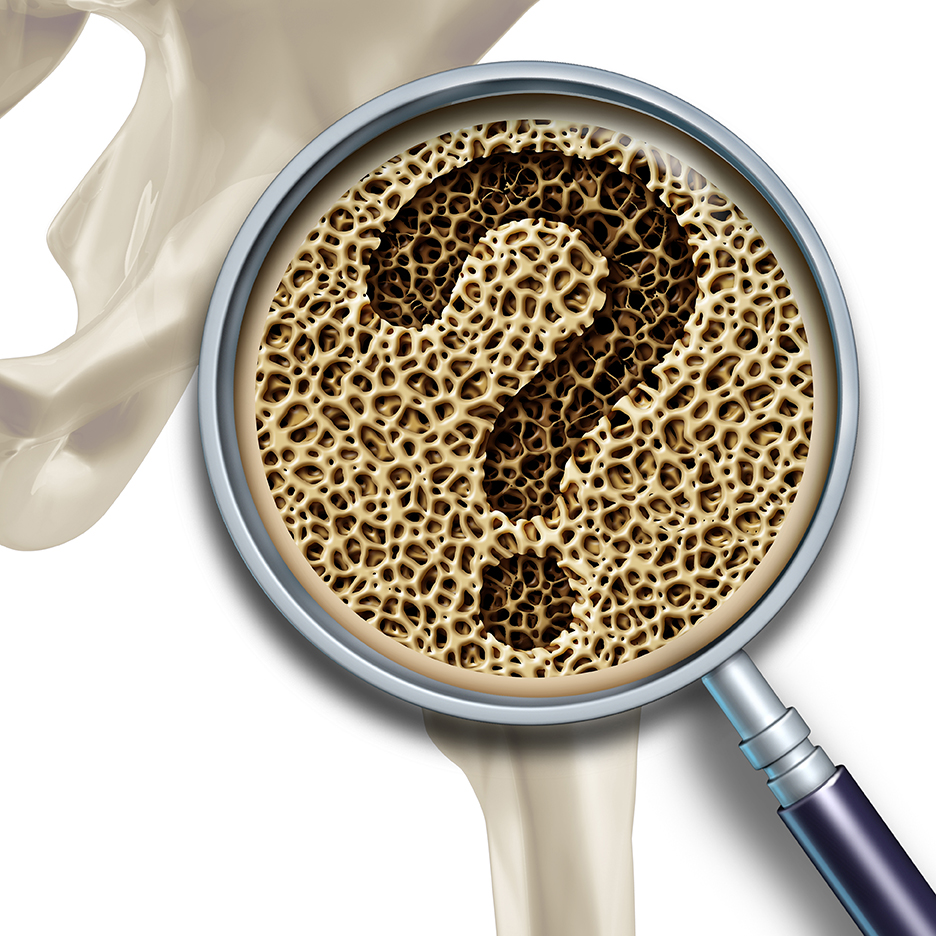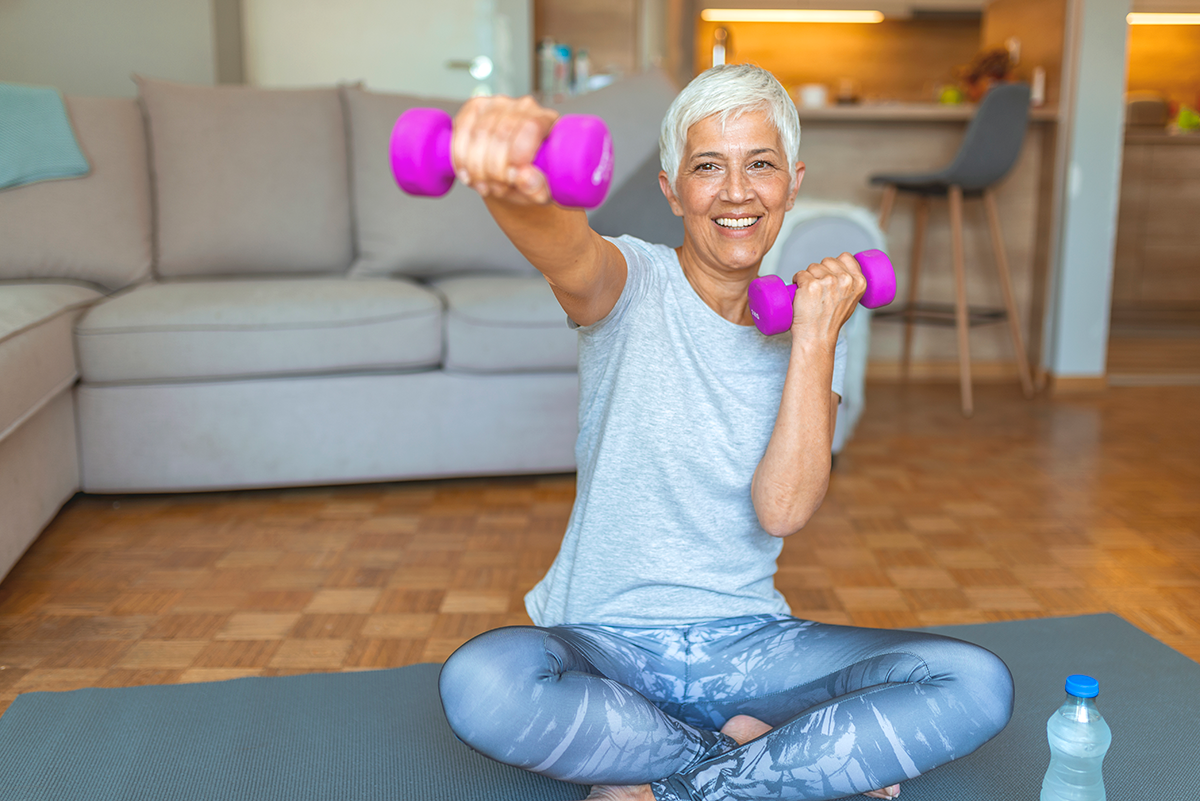When you think about staying healthy with age, your bones may not be at the top of your concerns. Age-related bone loss is not generally as obvious as changes in other areas such as our vision or our muscle strength. But a staggering 40% of Americans over age 50 have low bone density, and many people don’t realize they have a problem until they actually break a bone. This will happen to over half of women over age 50 at least once in their lifetime. And despite the common assumption that men don’t need to worry about osteoporosis, a quarter of men over age 50 will suffer an osteoporosis-related break in their lifetime as well. In fact, men are more likely to suffer a fracture from osteoporosis than they are to get prostate cancer.

Bone fractures after age 50 can be serious and disabling. And with a quarter of all hip fractures in people over 50 resulting in death within one year, bone health should be a serious concern for everyone as we grow older.1
So what happens to our bones as we age, and what steps can we take keep our bones healthy?
Bone density changes with age
We often think of bones as hard and lifeless, but they are actually living and changing structures that are constantly reforming and recycling themselves, taking away old minerals and replacing them with new minerals. Calcium and magnesium play a key role in the growth and formation of bone, helping us achieve peak bone mass between the ages of 18 and 30. The more bone you have at the time of peak bone mass, the less likely you are to break a bone or get osteoporosis later in life. After you reach peak bone mass, the balance between bone formation and bone loss might start to change. You may start to slowly lose more bone than you form. In midlife, bone loss usually speeds up in both men and women. For most women, bone loss increases after menopause, when estrogen levels drop sharply. In fact, in the five to seven years after menopause, women can lose up to 20 percent or more of their bone density. The result is that bone becomes weaker and more fragile, and more likely to break from even minor impacts.
How you can help keep bones healthy
Eating a healthy and varied diet with adequate vitamin D3, calcium and magnesium for bone formation is essential. You can find recommendations for your age and gender on the National Osteoporosis Foundation’s website (nof.org).

Exercise is also critical. Strength training to keep muscles strong can help limit falls, which in turn can help prevent resulting fractures. Current exercise recommendations are to do at least 15-30 minutes daily of high impact, weight bearing exercises such as dancing, hiking, jogging/running, jumping rope, stair climbing or tennis. Low-impact weight-bearing exercises can also help keep muscles strong and are a good alternative if you can’t do high-impact.
Smoking and alcohol also impact bone health. Avoid smoking and limit alcohol intake to less than three drinks a day.
Talk to your doctor
There are many additional risk factors for osteoporosis, such as ethnicity, diseases such as rheumatoid arthritis, and medicines you may be taking. So it’s important to discuss your risk with your primary care physician BEFORE you have a fracture. If warranted, your doctor may recommend a test called a bone density study or DXA scan. If you are diagnosed with osteoporosis or osteopenia (a condition of low bone density pre-osteoporosis), your physician may recommend changes to your diet, supplementation, and possibly medications.
For more information to help you take charge of your bone health, check out the National Osteoporosis Foundation at www.nof.org.
Naomi L. Albertson M.D. is Board Certified by the American Academy of Family Physicians and specializes in the non-surgical management of musculoskeletal problems, sports injuries, concussions, and the treatment of osteopenia and osteoporosis.
References
- National Osteoporosis Foundation. https://cdn.nof.org/wp-content/uploads/2015/12/Osteoporosis-Fast-Facts.pdf
